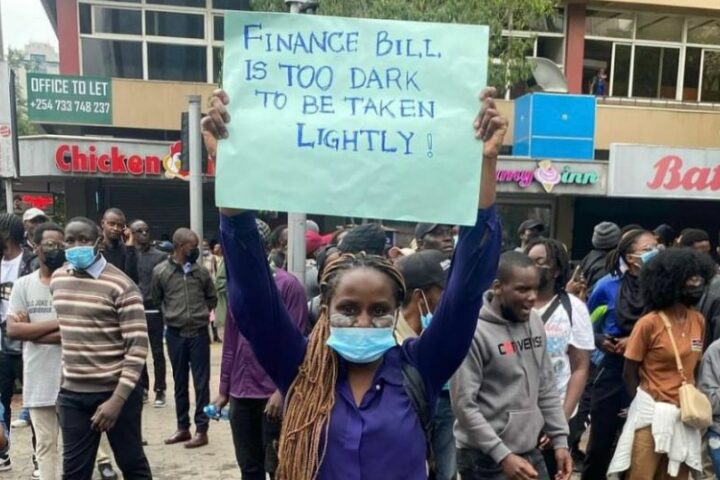 Health Cabinet Secretary Susan Nakhumicha has provided insights into the methodology used to determine the 2.75 per cent contribution rate to the Social Health Insurance Fund (SHIF).
Health Cabinet Secretary Susan Nakhumicha has provided insights into the methodology used to determine the 2.75 per cent contribution rate to the Social Health Insurance Fund (SHIF).
This new healthcare funding strategy mandates Kenyans to contribute 2.75 per cent of their gross salary, replacing the National Health Insurance Fund (NHIF).
Speaking on Citizen TV on Wednesday night, Nakhumicha explained that actuaries from both the Ministry of Health and NHIF conducted an analysis to identify disparities in the NHIF contributions. Actuaries are professionals who calculate risks for insurance companies and pension funds.
The analysis revealed that lower-income earners were contributing more disproportionately than higher-income individuals to the fund.
According to Nakhumicha, under the existing NHIF system, individuals earning Sh10,000 or less were paying up to 5 per cent of their income to the medical scheme.
In contrast, high-income earners, like top government officials with salaries of over Sh1 million, were contributing only 0.01 per cent of their income.
This created a significant imbalance in the contribution structure.
“What we did was to look at the baseline that in the existing NHIF, what were the ranges of payment and when we looked at it the person who was paying the most is anybody who was earning Sh10,000 and below they were paying up to 5 per cent of their income to NHIF,” the CS pointed out.
“It then disadvantages the person with low income, this is somebody earning Sh10,000, they are paying five per cent then there is someone earning a million they are paying 0.01 per cent so then we looked at an average of this.”
Arriving at the 2.75% Figure
The 2.75 per cent contribution rate was determined after considering the average payment rates and the need to address the disparity.
Nakhumicha emphasized that this rate was also based on the cost of running healthcare services at various levels in Kenya.
The breakdown of healthcare costs includes Sh80 billion for primary care, Sh130 billion for secondary care, and Sh46 billion for tertiary care.
Based on that costing, then doing the actuarial, we arrived at 2.75 per cent of income; if every Kenyan was able to pay that, we should be able to take care of the whole healthcare,
Nakhumicha stated.
Implications for Kenyans
The introduction of SHIF and its funding mechanism is a significant shift in healthcare financing in Kenya, aiming to create a more equitable system.
This change is expected to have widespread implications for Kenyans across different income levels, ensuring more uniform contributions towards the nation’s healthcare needs.
While the government will easily collect the contributions from the formal sector, it remains a challenge how they are going to implement the same in the informal sector, which makes up approximately 80% of our workforce.
We’ve already written about the new ‘mean testing’ system SHIF will use to figure out how much each household pays.








